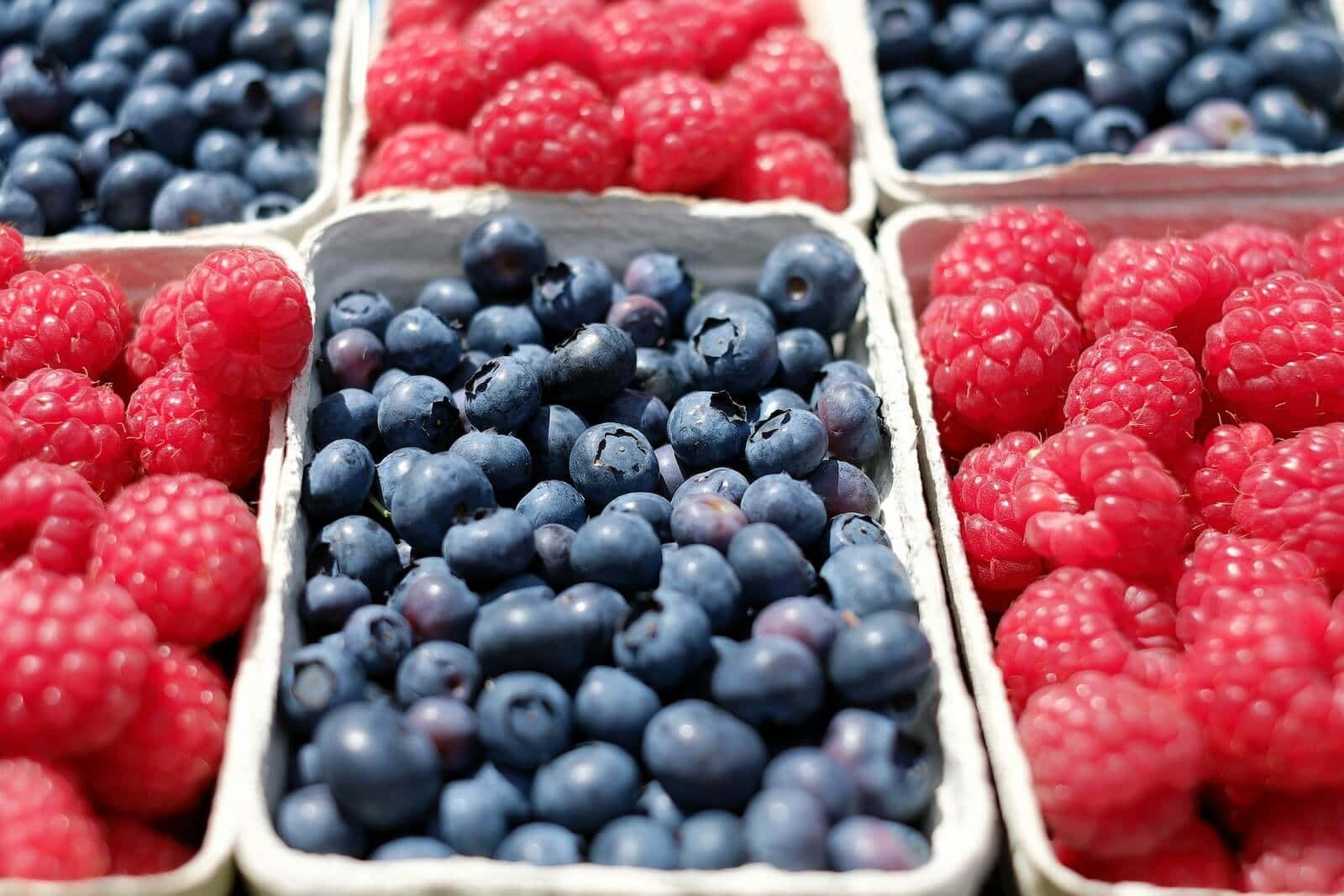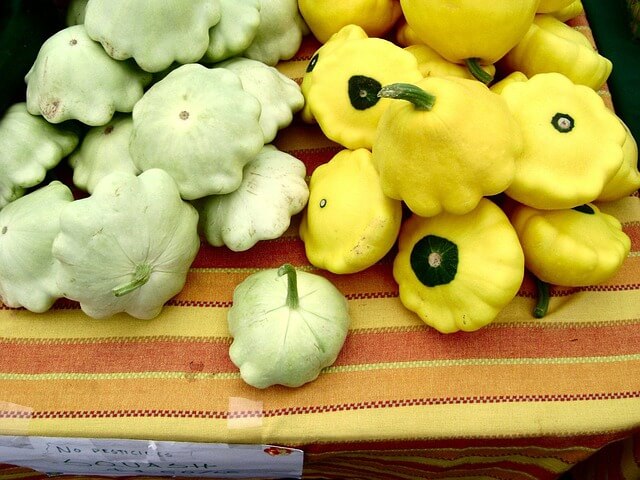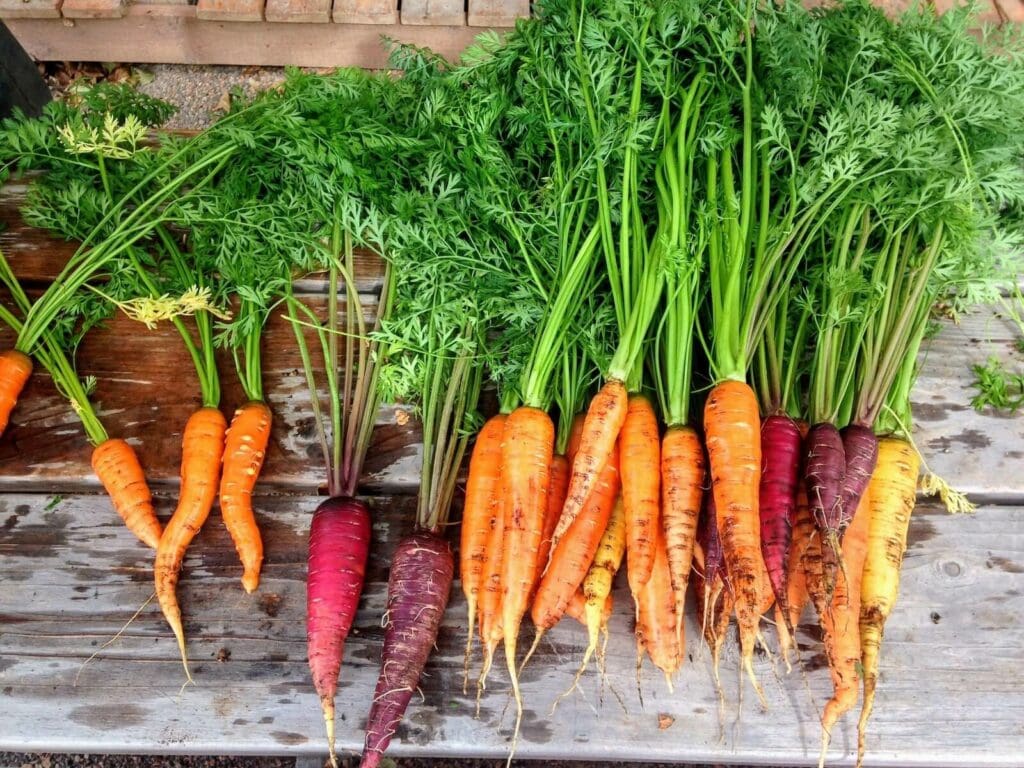This post may contain affiliate links. Probably doesn’t, but it might. It doesn’t cost you anything extra but if you use these links to buy something, we may earn a commission.
Small farms are more than just picturesque scenery on the outskirts of town. They are the backbone of our local food systems, providing fresh, healthy produce that is packed with flavor and nutrients. In recent years, there has been a growing interest in locally sourced food, and for good reason. From reducing the environmental impact of food transportation to supporting local economies, buying from small farms has numerous benefits. But perhaps the biggest advantage of all is the taste. Locally sourced produce simply tastes better. When food is grown nearby and picked at the peak of ripeness, it retains more of its natural sweetness and flavor. In this article, we’ll explore the benefits of small farms and locally sourced produce, and why it’s worth seeking out these gems at your local farmer’s market or grocery store.
Table of Contents
What Makes Locally Sourced Produce Different?

Locally sourced produce is different from conventionally grown produce in several ways. The first difference is the way it is grown. Small farms tend to use more sustainable farming practices that focus on soil health and biodiversity. They rely less on synthetic fertilizers and pesticides and more on composting, cover crops, crop rotation, and the use of natural predators to control pests. This means that the produce is grown in a healthier, more natural environment, resulting in healthier, more flavorful fruits and vegetables.
Another difference is the way the produce is handled after it is harvested. Small farms don’t have to worry about shipping their produce long distances or storing it for long periods of time. This means that the produce can be picked at the peak of ripeness and delivered to local markets within hours of being harvested. This results in produce that is fresher, tastier, and more nutrient-dense.
Finally, there is the social aspect of buying locally sourced produce. When you buy from a small farm, you are not only supporting the local economy, but you are also building a relationship with the farmer who grew your food. This creates a sense of community and trust that is often lacking in our modern food system.
Benefits of Eating Locally Sourced Produce
The benefits of eating locally sourced produce are numerous. Here are 4 top benefits:
- Health Benefits
Locally sourced produce is often fresher and more nutrient-dense than conventionally grown produce. Because it is picked at the peak of ripeness and delivered to local markets quickly, it retains more of its natural vitamins and minerals. It is also less likely to be contaminated with harmful pesticides or bacteria, making it safer to eat. - Environmental Benefits
Transporting food long distances requires a lot of energy and produces a lot of greenhouse gas emissions. When you buy locally sourced produce, you are reducing the carbon footprint of your food. You are also supporting small farms that use more sustainable farming practices, which helps to protect the environment. - Economic Benefits
Buying from small farms supports the local economy by keeping money in the community. It also helps to create jobs and preserve farmland, which is becoming increasingly rare in many parts of the country. - Taste Benefits
Perhaps the most obvious benefit of eating locally sourced produce is the taste. When produce is grown nearby and picked at the peak of ripeness, it simply tastes better. It is sweeter, juicier, and more flavorful than produce that has been shipped long distances or stored for long periods of time.
Understanding the Farm-to-Table Movement

The farm-to-table movement is a growing trend in the food industry that emphasizes the importance of locally sourced, sustainable food. It seeks to connect consumers with local farmers and food producers, and to create a more transparent, sustainable food system.
One of the main goals of the farm-to-table movement is to reduce the distance between where food is grown and where it is consumed. This helps to reduce the environmental impact of food transportation and to support local farmers. It also helps to create a closer relationship between consumers and the food they eat, which can lead to a greater appreciation for the work that goes into producing our food.
Another goal of the farm-to-table movement is to promote sustainable farming practices. This includes using cover crops, composting, crop rotation, and other techniques that help to build healthy soil and reduce the use of synthetic fertilizers and pesticides. By supporting small farms that use these practices, consumers can help to protect the environment and promote more sustainable agriculture.
The Impact of Locally Sourced Produce on the Environment
Buying locally sourced produce has a number of environmental benefits. One of the most significant is the reduction in greenhouse gas emissions. When food is transported long distances, it requires a lot of energy and produces a lot of carbon emissions. By buying locally sourced produce, you are reducing the carbon footprint of your food.
Another environmental benefit of locally sourced produce is the promotion of sustainable farming practices. Small farms tend to use more sustainable techniques that focus on soil health and biodiversity. This helps to protect the environment by reducing the use of synthetic fertilizers and pesticides and promoting the use of natural predators to control pests.
Finally, buying locally sourced produce helps to preserve farmland and support local ecosystems. When small farms are able to stay in business, they are more likely to preserve their land as open space. This can help to protect local wildlife and promote biodiversity.
Supporting Local Farmers and the Local Economy

Buying locally sourced produce is a great way to support local farmers and the local economy. When you buy from a small farm, you are keeping money in the community and supporting local jobs. You are also helping to preserve farmland and promote sustainable agriculture.
Another way to support local farmers is to join a CSA (Community Supported Agriculture) program. These programs allow consumers to buy a share of a local farm’s produce and receive a weekly or bi-weekly box of fresh, seasonal produce. This helps to support the farmer by providing a consistent source of income, and it also allows consumers to try a variety of produce that they may not have otherwise tried.
How to Find Locally Sourced Produce Near You
Finding locally sourced produce near you is easier than you might think. Here are a four tips that can take you to your new favorite farm:
- Visit Your Local Farmer’s Market
One of the best ways to find locally sourced produce is to visit your local farmer’s market. These markets bring together local farmers and food producers, allowing consumers to buy fresh, seasonal produce directly from the source. Farmer’s markets are also a great way to build connections with local farmers and learn more about where your food comes from. - Join a CSA Program
As mentioned earlier, joining a CSA program is a great way to support local farmers and receive a regular supply of fresh, seasonal produce. Many CSA programs also offer farm tours and other events that allow consumers to connect with the farmer and learn more about sustainable agriculture. - Check Your Local Grocery Store
Some grocery stores or specialty markets now carry locally sourced produce. Look for signs or labels that indicate where the produce was grown. You can also ask the store manager or produce manager if they carry locally sourced produce. - Visit Local Farms
Some small farms allow visitors to come and pick their own produce. This is a fun way to get out in nature and support local farmers at the same time. Other farms have an on-farm market, so you can get your produce directly from the farm. Check with local farms to see if they offer this option.
Tips for Cooking with Locally Sourced Produce

Cooking with locally sourced produce can be a fun and rewarding experience. Here are a four tips to help you get the most out of your local produce:
- Keep it Simple
When you have fresh, flavorful produce, you don’t need a lot of fancy ingredients to make it taste good. Keep your recipes simple and let the natural flavors of the produce shine through. - Experiment with New Flavors
Locally sourced produce often includes a variety of unique and unusual flavors. Don’t be afraid to try something new and experiment with different flavor combinations. Fresh herbs are a great way to add zest to your meal, and your local farm most likely has your favorite herbs. - Use What’s in Season
Locally sourced produce is often only available during certain times of the year. Take advantage of this by using what’s in season and experimenting with different recipes that highlight the flavors of the season. What is in season has the best flavor! - Preserve Excess Produce
If you have excess produce, consider preserving it for later use. This can include canning, freezing, or dehydrating the produce. This allows you to enjoy the flavors of locally sourced produce even when it’s out of season.
Incorporating Locally Sourced Produce into Your Daily Diet
Incorporating locally sourced produce into your daily diet is easy and fun. Here are a few ideas to help you get started:
- Start Small
Don’t feel overwhelmed by the idea of completely changing your diet. Start small by incorporating one or two locally sourced produce items into your meals each week. - Shop at the Farmer’s Market
As mentioned earlier, shopping at the farmer’s market is a great way to find locally sourced produce. Make it a habit to visit the market at least once a week and try something new each time. If you can make it part of your routine, then you build a good habit of eating fresh produce. In addition, by shopping at the farm regularly, you will not miss any of your favorite foods that may have a short season, such as strawberries. - Join a CSA Program
Joining a CSA program can help you incorporate locally sourced produce into your diet on a regular basis. You’ll receive a box of fresh, seasonal produce each week or every other week, which will help you to try new things and experiment with different recipes. This way you do not have to decide what is in season or not; the farmer knows and you get the benefits! - Grow Your Own Produce
If you have space, consider starting a small garden and growing your own produce. This will allow you to enjoy the flavors of locally sourced produce right in your own backyard. Your local farm may have exactly what you are looking for in the spring for young plants to get your garden growing.
Conclusion

Locally sourced produce is more than just a trendy buzzword. It is a way to support local farmers, promote sustainable agriculture, and enjoy fresh, flavorful produce that is packed with nutrients. Whether you shop at the farmer’s market, join a CSA program, or grow your own produce, there are many ways to incorporate locally sourced produce into your daily diet. So next time you’re at the grocery store or farmer’s market, take a closer look at where your food comes from and consider buying locally sourced produce. Your taste buds, your health, and your community will thank you.
If you are close to Wilmington, Delaware, we invite you to come visit our farm and farm market here at Highland Orchards. If not, please find a farm near you to support; www.LocalHarvest.org is an excellent source for finding a farm nearby.
Happy eating!
~Ruth






